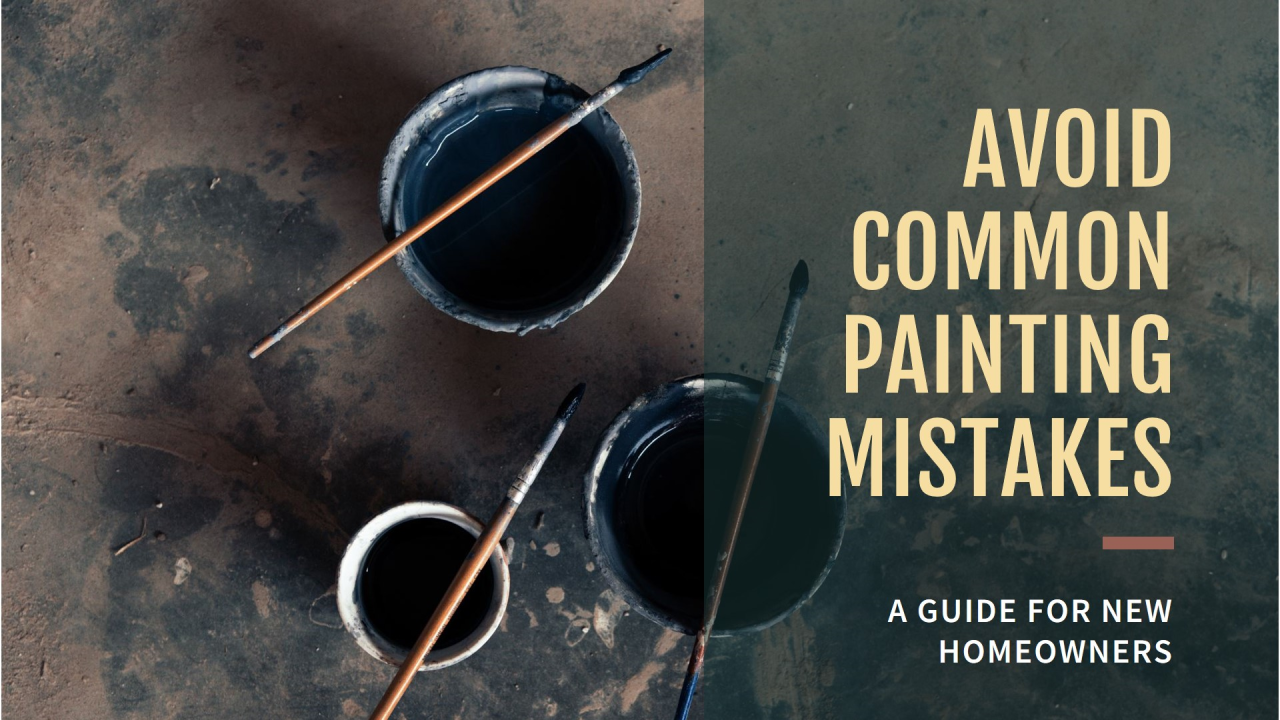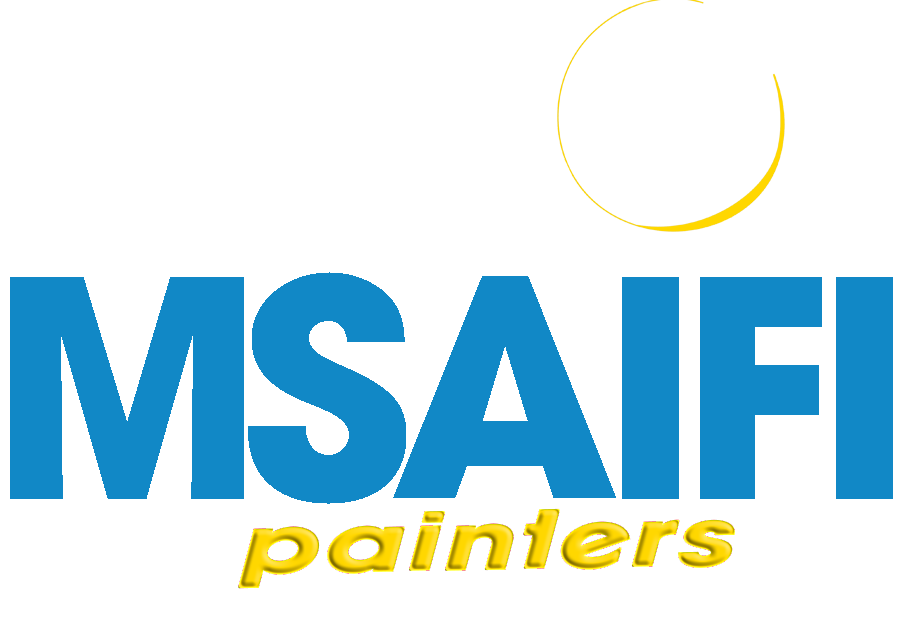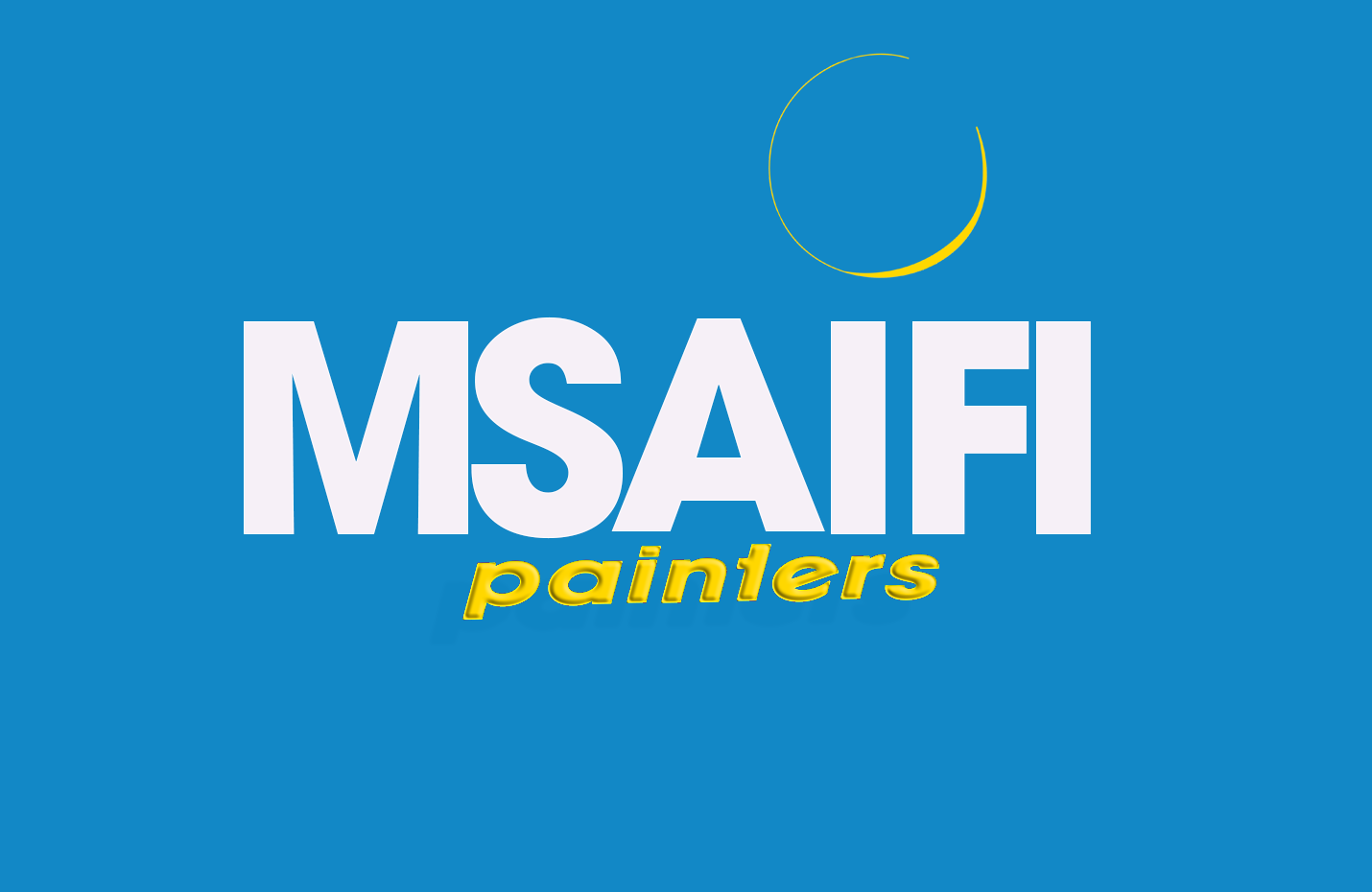
Common Painting Mistakes and How to Avoid Them: A Must-Read Guide for New Homeowners
As a new homeowner, painting your home is one of the most exciting and impactful ways to make your space truly yours. However, even a seemingly simple painting project can quickly become a headache if common mistakes are made. To help you achieve a flawless finish and avoid costly errors, we’ve compiled a list of the most frequent painting pitfalls and how to avoid them.
1. Skipping Proper Surface Preparation
One of the biggest mistakes new homeowners make is neglecting proper surface preparation. Painting over dirty, damaged, or uneven surfaces can lead to peeling, cracking, or a rough finish, detracting from your home’s appearance.
How to Avoid It:
- Clean the Walls: Before you start painting, clean the walls to remove dust, dirt, and grease. This ensures the paint adheres properly.
- Repair and Sand: Fill in any holes, cracks, or imperfections with spackle, and sand the area smooth. Sanding also helps the paint stick better.
- Prime When Necessary: Use a primer to create a uniform base, especially if you’re painting over dark colors, bare wood, or drywall. Priming helps the paint adhere better and ensures a smooth, even finish.
2. Choosing the Wrong Type of Paint
Using the wrong type of paint for your project is a common mistake among new homeowners. The wrong choice can lead to premature wear, poor coverage, and unsatisfactory results.
How to Avoid It:
- Match Paint to the Space: Use exterior paint for outdoor projects and interior paint for indoor spaces. Exterior paints are designed to withstand weather conditions, while interior paints are made for durability and ease of cleaning.
- Select the Right Finish: Consider the function of the room when choosing a finish. For high-traffic areas like kitchens and bathrooms, opt for semi-gloss or gloss finishes, which are easier to clean. For bedrooms and living rooms, a matte or eggshell finish can create a softer, more inviting atmosphere.
3. Opting for Low-Quality Paint
It might be tempting to save money by purchasing cheaper paint, but low-quality products often require more coats and don’t last as long, leading to higher costs in the long run.
How to Avoid It:
- Invest in Quality: High-quality paints provide better coverage, are more durable, and often require fewer coats, saving you time and money in the long run. Look for reputable brands and read reviews to ensure you’re choosing a product that will stand the test of time.
4. Misusing Painter’s Tape
Painter’s tape is essential for achieving clean, sharp edges, but it’s often misused, leading to messy lines and uneven edges.
How to Avoid It:
- Apply Carefully: Apply the tape evenly and press it down firmly to seal the edges, preventing paint from seeping underneath.
- Remove at the Right Time: For the best results, remove the tape before the paint fully dries—when it’s dry to the touch but not fully cured. This prevents peeling and ensures a crisp line.
5. Overloading the Brush or Roller
Applying too much paint at once can result in drips, runs, and an uneven finish, which can be difficult to fix after the paint has dried.
How to Avoid It:
- Load Paint Sparingly: Dip your brush or roller lightly into the paint, and then remove any excess before applying it to the wall. This helps prevent drips and ensures a smooth, even application.
- Use Thin Coats: It’s better to apply multiple thin coats rather than one thick coat. Thin coats dry more evenly and reduce the risk of drips and streaks.
6. Painting in Poor Conditions
Painting in extreme temperatures, high humidity, or poor lighting can all negatively impact the quality of your paint job. These conditions can cause paint to dry unevenly or alter its appearance once dry.
How to Avoid It:
- Check the Weather: If you’re painting outdoors, choose a day with mild, dry weather. Indoors, ensure the room is well-ventilated to help the paint dry evenly.
- Use Proper Lighting: Good lighting is essential to see what you’re doing and to identify any missed spots or imperfections. If natural light isn’t sufficient, use bright, even artificial lighting.
7. Failing to Protect Surrounding Areas
Many new homeowners overlook the importance of protecting floors, furniture, and fixtures, leading to unwanted paint splatters and stains.
How to Avoid It:
- Cover Everything: Use drop cloths, plastic sheeting, or old sheets to cover floors and furniture. Apply painter’s tape to trim, windows, and other surfaces you don’t want to paint. Taking these precautions will save you time and effort during cleanup.
As a new homeowner, painting your home can be a rewarding way to personalize your space. By avoiding these common painting mistakes, you can achieve a professional-quality finish that enhances the beauty and value of your home. Whether you choose to DIY or hire a professional, following these tips will help you avoid pitfalls and ensure your project is a success.
If you’re looking to transform your new home with a flawless paint job, consider reaching out to us. Our team of experts is here to guide you every step of the way, from choosing the right colors to delivering a high-quality finish that will make your home truly shine.
Check Availability
To get quotes for painting in Calgary, with MSAIFI, Contact Us or Book Now

